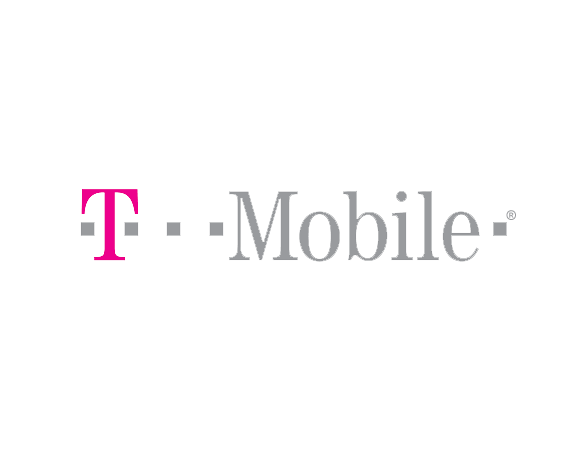Marketing Tips for a Successful Mobile Giving Program
1. Establish a Goal
It is crucial that organizations running mobile giving programs establish a clear goal prior to activating a program. The goal may be tied to any of the following factors relative to the organization’s overall objective:
- Engagement / ongoing participation
- Acquisition / new donors
- Transaction / money raised
- Awareness / familiarity with cause
Giving consideration to the above is an important step in the formation of strategic plan. From there it becomes much easier to understand how specific targets may be achieved. The goal may not only include total $ raised; it may include variables such as: X% increase in social media followers, or X% increase in newsletter subscribers, X% increase in total awareness, etc.
2. Promote your Call-to-Action
Mobile giving programs are best promoted where they will achieve the highest level of visibility among potential supporters. We suggest including the call-to-action in any or all of the following scenarios:
- At a live event where you can deliver the most impactful call-to-action, where you can explain instructions clearly, and where you can provide the audience with immediate results of the total number that have taken action.
- Through social media: Facebook, Twitter, and even Instagram can be used to display screen-shot images of a donation completed via text message. YouTube is another great social media channel that you can utilize to promote your call-to-action.
- In your email signature and in the email signature of colleagues.
- On your website’s home page.
- In person with family, friends, and volunteers. Don’t just ask them to donate, ask them to spread the word, too!
- In newsletters or other news print materials, and on any signage.
Your keyword should always be written in all capital letters, and should be supported by clear instruction of what to do with that keyword.
Where possible to include such information, make sure your call-to-action addresses key areas: What, Who, When, Where, How, and Why.
Example 1
“Text KEYWORD to 20222 to donate $5, $10, or $25 to Charity Name in support of [Insert campaign here] because… [Insert reason here] Funds donated through this channel will go to support… [Insert cause here] Our goal is to collect $[Insert dollar amount here] that will directly impact… [Insert appropriate noun here]”
It’s also just as important, where possible, to proactively communicate the unknown to your audience of potential donors:
- No standard text messaging fees are incurred by mobile users to initiate and complete a text message donation.
- No portion of any amount donated is held by participating wireless providers. Donations are passed through at 100% back to the beneficiary charity.
- All mobile users can obtain a tax receipt for their donations made via text message by visiting: https://www.mobilegiving.org/tax-receipt/.
- Mobile users can donate up to $25-$100 per 30 consecutive days depending on carrier.
Potential donors don’t inherently know the above information is true. By actively and openly communicating these points, you will be instilling greater trust among those that may not donate otherwise.
3. Use Real-Time Reporting to Your Advantage
Access to real-time reporting when used to provide updates to your audience, whether this is via social media, or during a live event, can be positively leveraged to help reach your goal. Charities that use the reporting to communicate back to its audience on the total number of mobile users that have completed a donation, and in turn, the total dollar amount of donations made thus far, see positive results when it comes to increasing transaction volumes.
Example 2
“We’re only 20 mobile users, or $200, away from reaching our goal – take 30 seconds and give $10 right now by text message to help us reach our goal before December 31…”
4. Be Creative: Think Outside of the Box
Mobile giving calls for non-traditional thinking. When choosing your keyword, be creative. Think of something that not only resonates with your target audience, but also something that can also easily be tied back to the cause your organization supports. When someone sees your call-to-action, make sure they are seeing something that provokes a sense of urgency; present a message that creates the desire for impulsive and immediate action.








